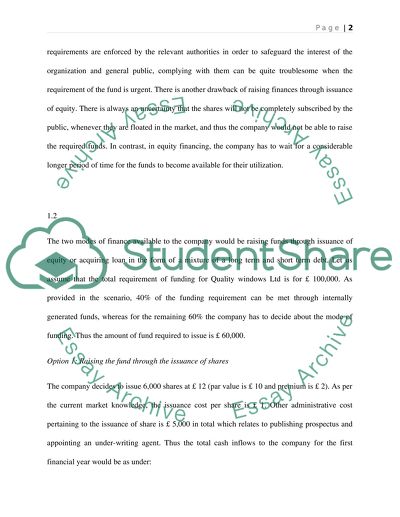Cite this document
(“Financial resources and decisions management Essay”, n.d.)
Retrieved from https://studentshare.org/finance-accounting/1404407-managing-financial-resources-and-decisions
Retrieved from https://studentshare.org/finance-accounting/1404407-managing-financial-resources-and-decisions
(Financial Resources and Decisions Management Essay)
https://studentshare.org/finance-accounting/1404407-managing-financial-resources-and-decisions.
https://studentshare.org/finance-accounting/1404407-managing-financial-resources-and-decisions.
“Financial Resources and Decisions Management Essay”, n.d. https://studentshare.org/finance-accounting/1404407-managing-financial-resources-and-decisions.


